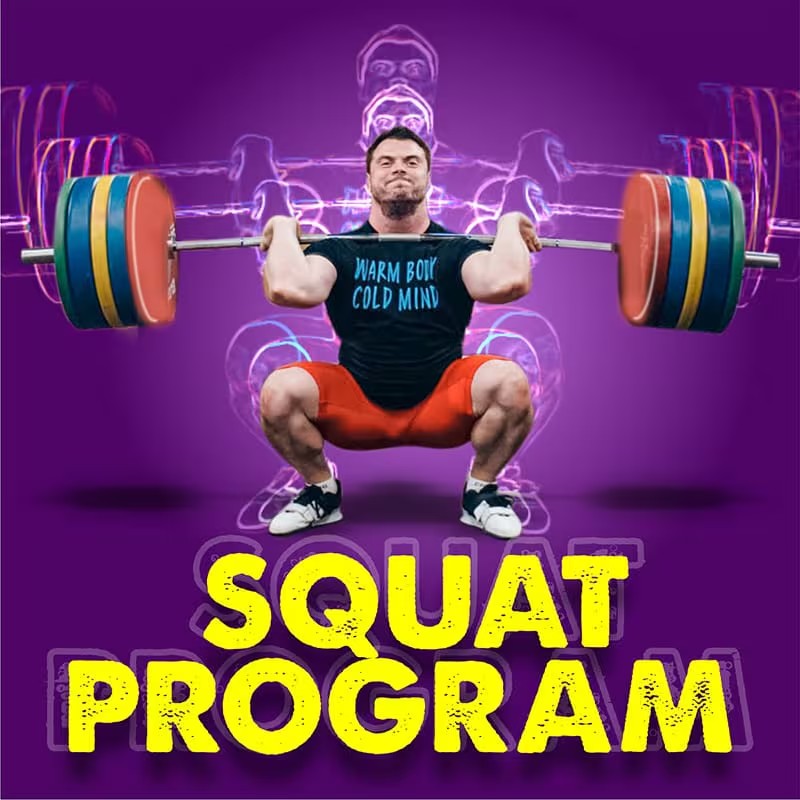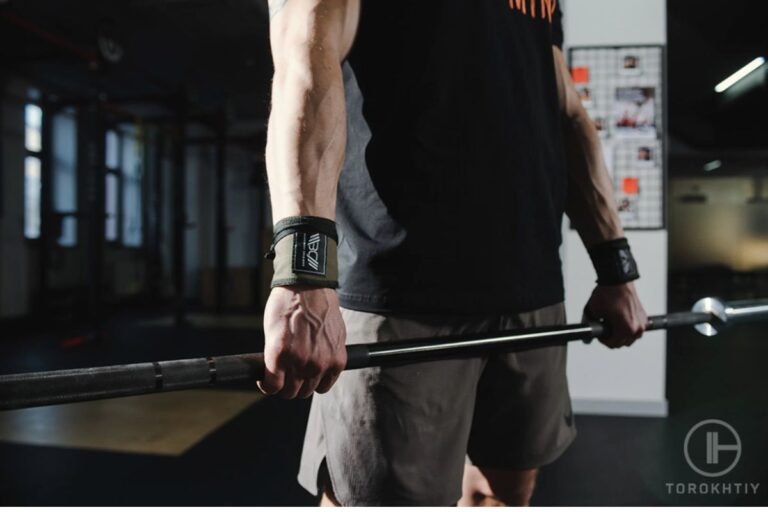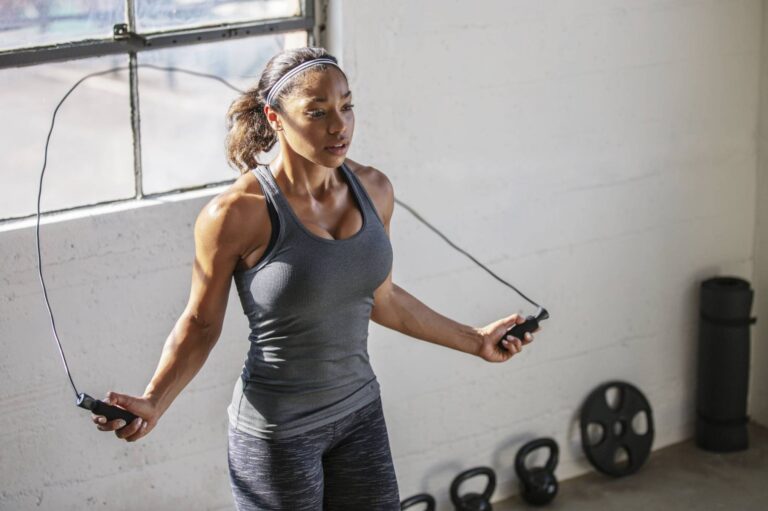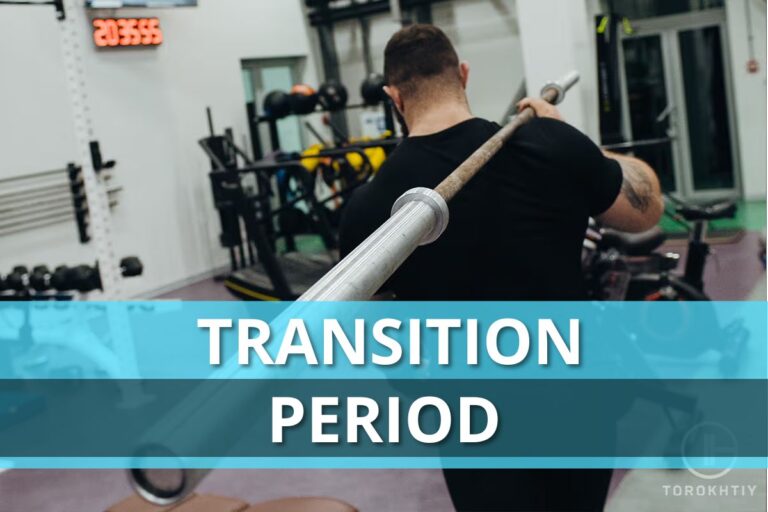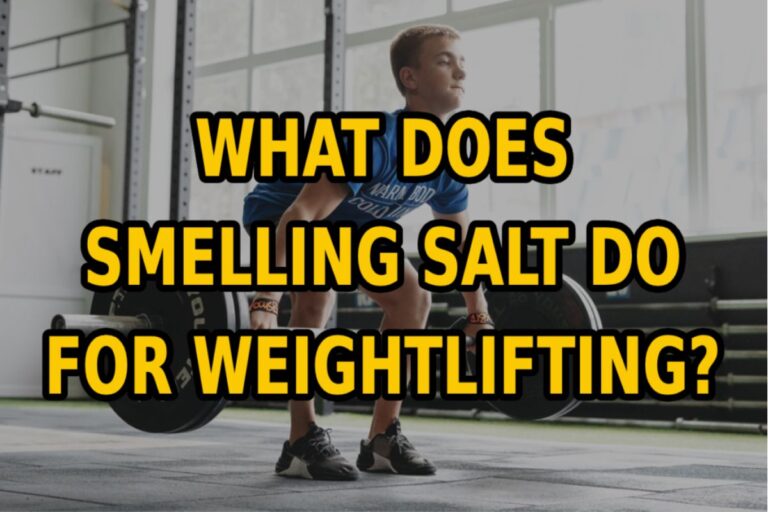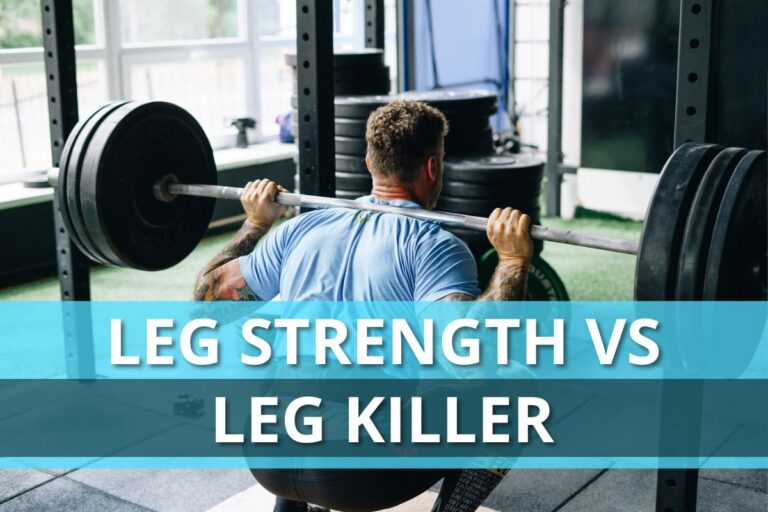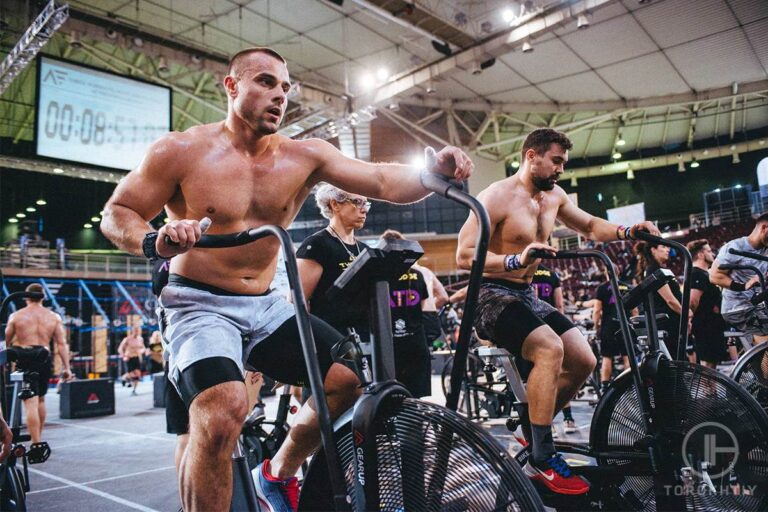Knee Pain When Squatting: Reasons & How to Fix
The squat is one of the most important exercises to perform on a weekly basis. The ability to squat is not only essential for our fitness, but it is also crucial and fundamental for our existence. To start, squatting strengthens the muscles in our legs, back and core. It also improves our human functional abilities such as jumping, running, climbing and picking up things from the floor. Last but not least, the gains that we can achieve by doing squats can improve knee stability. Squats can strengthen the muscles and connective structures surrounding the knee joint, which can help counteract medial or lateral displacement of the knee.
Knee pain when squatting? Knee pain while squatting can manifest as a sensation through different parts around your knee.
Imagine yourself not being able to perform basic tasks such as sitting and standing with ease, or carrying your groceries, because you are having persistent and increased knee pain when squatting. That would suck! Squatting with consistent pain increases the likelihood of altered developmental movement patterns, muscle atrophy, and functional deconditioning.
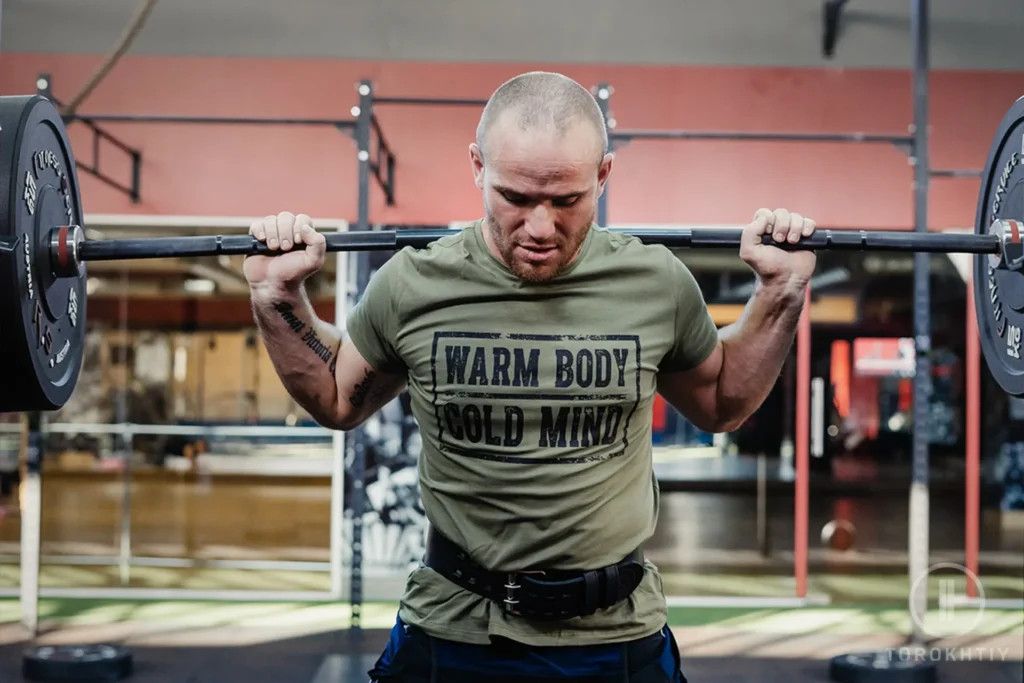
Intro to Knee Pain While Squatting
The knee is the largest joint in the body and is responsible for supporting the weight of the body during activities like standing, walking, running, and jumping. The femur (thigh bone), tibia (shin bone), and patella (knee cap) are the three bones that make up the complicated knee joint (kneecap). A network of ligaments (anterior cruciate ligament, medial collateral ligament, lateral collateral ligament, posterior cruciate ligament), tendons, muscles (quadriceps and hamstrings), and other structures such as the meniscus contribute to the support of the joint.
The knee joint functions as a hinge, which allows the leg to bend and straighten. The knee joint is extended when the leg is straight. The knee joint is in flexion when the leg is bent. There is some rotational movement possible at the knee joint as well, but this is minimal. Articular cartilage and the meniscus are the two main forms of cartilage that make up the knee joint. The ends of the bones that meet at the joint are covered in articular cartilage, which allows them to move smoothly against one another. Between the femur and the tibia, the meniscus — a C-shaped piece of cartilage—serves as a shock absorber to help mitigate the impact.
However, because of this same cushioning role, the meniscus is at high risk of injury. Tears to the meniscus can easily occur with a loaded twist and/or turning motions (such as heavy squatting with poor form). Unfortunately, menisci tears are tricky. Blood flow is not uniform throughout the structure; the inner two-thirds of the cartilage has little blood supply. If this part of the meniscus suffers an injury, healing and recovery would be poor.
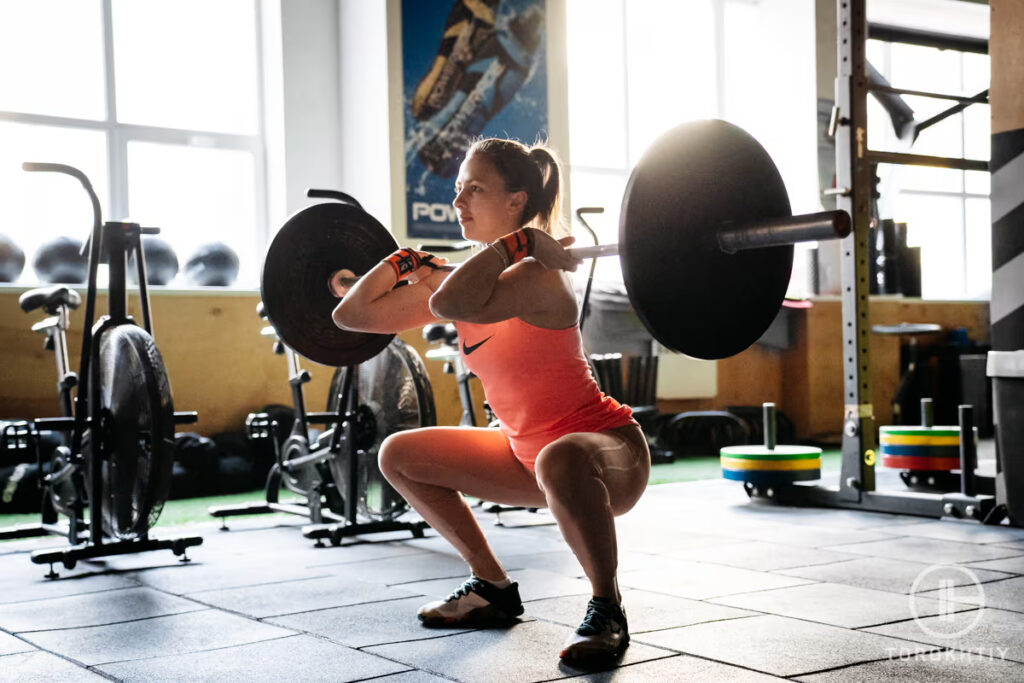
The entire knee joint is nourished by the synovial fluid, a thick liquid that provides lubrication and minimizes friction. Lastly, the quadriceps on the front of the thigh and the hamstrings on the rear of the thigh are two muscles that cross the knee joint. Together, these muscles give the knee joint stability and mobility.
How to fix knee pain when squatting? Improving the mobility of the knee joint and strengthening the surrounding tissues will help you prevent, treat and reduce the risk of injury or pain in your knees with squatting. In this article, you will explore some of the best strategies and exercises to address your knee pain from squats.
Why Knee Pain When Doing Squats?
Knee pain while squatting can manifest as a sensation through different parts around your knee. For example:
- Pain at the top of the knee when squatting could be coming from the patella, anterior knee capsule tightness, or the quadriceps tendon.
- Pain behind the knee when squatting could be stemming from a Baker’s cyst, posterior capsule tightness, or hamstring tendonitis.
- Knee soreness after doing squats is very common, and it is usually a sign of increased fatigue and tissue sensitivity. Soreness after a squat workout does not typically indicate anything serious. Possible causes of soreness can range from a simple muscle strain or tendonitis to some kind of arthritis.
- Tightness in knee area when squatting can occur as a result of overuse, injury, or age-related wear and tear.
- Sharp pain in knees when squatting occurs mostly when there is an acute injury to the knee structure, or if you are new to squats and your tissues’ tolerance for this movement is limited.
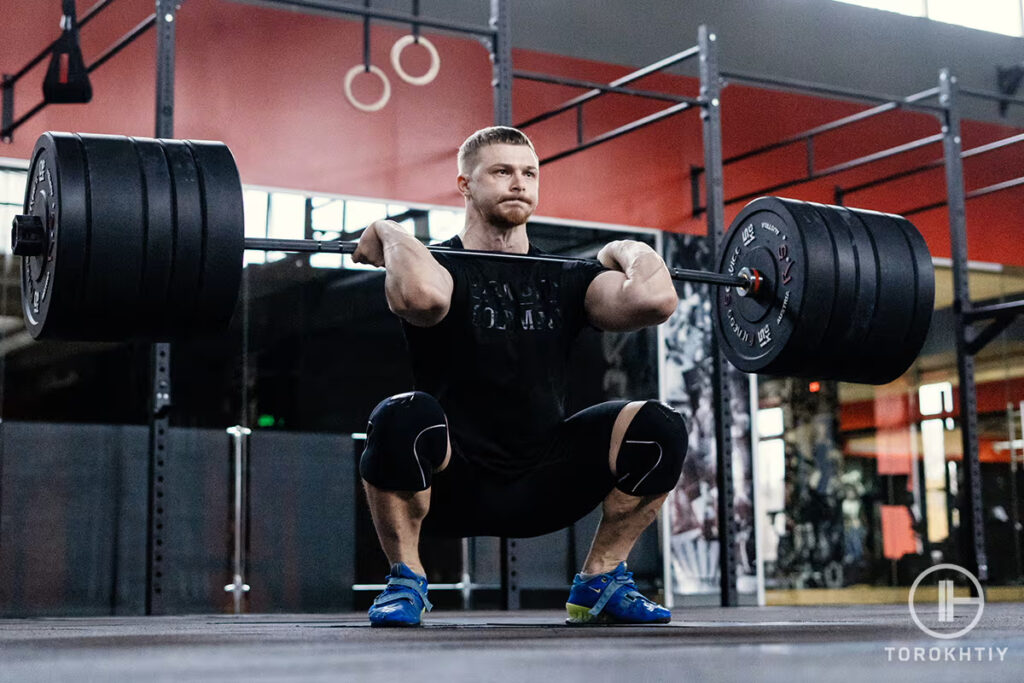
Squatting-related knee pain can be brought on by several things, such as limited mobility, improper lifting form, overuse, weakness, prior injuries, and decreased loading activity tolerance.
Poor squatting form or technique is one of the most frequent reasons for knee pain among barbell athletes and weightlifters. Incorrect squatting can place too much strain and unnecessary pressure on the knee joint, causing pain and increasing the risk of injury. This is especially valid for people who take part in high-intensity exercise regimens like weightlifting and fitness.
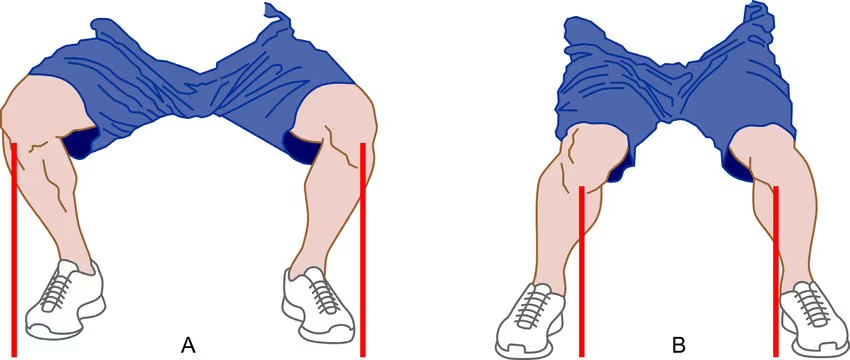
The second most common reason for pain in knee during squats is limited mobility, strength, and loading activity tolerance. If your knee joint is not adaptable enough to maintain and support tension at the bottom of the squat, this will increase the pain you feel at the knee joint because of the compression forces acting on it. Poor squatting progression or overuse of your knees can result in further increases in pain and inflammation. Thirdly, a prior injury could be another factor for knee pain when squatting, think of injuries such as a torn meniscus or a damaged ACL. A prior knee injury from squats also increases the odds of developing chronic knee pain later on in life.
Incorporating specific knee accessory movements and warmup exercises, especially using knee sleeves, can drastically help reduce your knee pain when performing a squat.
How to Avoid Knee Pain When Squatting?
Follow these tips and strategies to steer clear of knee pain when squatting:
- Correct your lifting form and technique: The first step in relieving knee pain with squatting is to correct your form and technique. Stand with your feet shoulder to hip-width apart, focusing on keeping your knees aligned with your toes. During the actual squat, make sure to drive your weight through the middle of your foot, and engage your glutes and core muscles to take pressure off your knees.
- Reduce the weight or frequency: Sometimes less is more. If you are experiencing overuse and fatigue, your performance will be affected. It is not realistic or recommended to shoot for a squatting personal record (PR) every week. A safe and efficient periodized squatting program will include days of lighter loads, variable frequency and work volume. You may also add variety to your training by including non-squat exercises that will still target the same musculature. Examples of these could be lunges, bridges, and step-ups. Take rest days as needed to allow your knees time to recover properly.
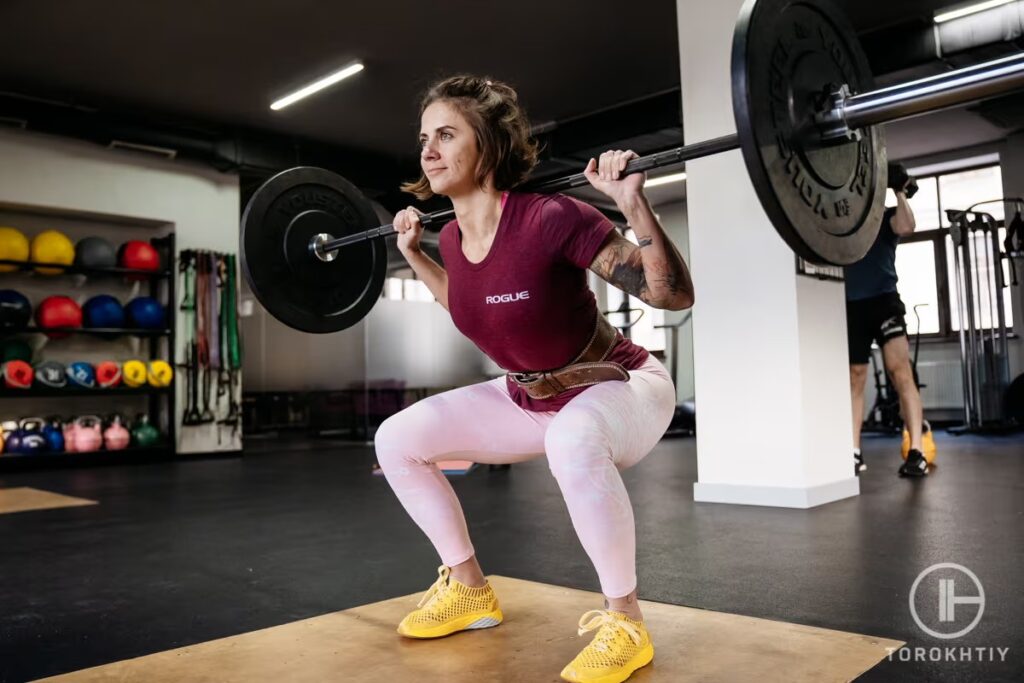
- Modify the exercise: If you have a previous knee injury, consider modifying the squat exercise to avoid aggravating the injury. You can try the box squat, which involves squatting onto a bench or box, or a wall sit, which involves holding a seated position against a wall. Front squats are also a good option to promote core activation and reduce tension on the anterior knee.
- Reduce the tension of your soft tissue: Stretch and foam roll your quadriceps and hamstring muscles. An overly tense muscle can contribute to knee pain from squats. Stretching, foam rolling or any other technique used to reduce muscular tension can help relieve pressure in knee when squatting.
- Don’t let your knee pain get worse. If your knee pain after squats persists despite these solutions, it may be time to seek medical attention. A doctor or physical therapist can evaluate your knee and provide additional treatment options and strategies, such as exercises to strengthen the knee, movement pattern corrections, or other modalities to reduce inflammation and pain.
🔻12 Week Squat Program by Oleksiy Torokhtiy
Do you want to double your squat strength? In just 12 weeks, you’ll be able to boost your squat results.
This program transforms any ordinary squat into a powerful athletic movement.
What’s included:
- 12 weeks of squat programming;
- Effective combination of sets, reps, and weights;
- Fully designed and coached by Oleksiy Torokhtiy;
- Over 60+ movements, banded work, and weight training;
- Accessory work for core, joint stability and injury prevention;
- Max out on back squat and front squat at the end.
Start now and boost your squat results!
Five Exercises to Improve Your Knee Pain With Squatting
To prevent further injury, you should be cautious when choosing your exercises if you have knee pain while you squat. You can attempt the following five exercises, which may be easier on your knees:
1. Quadriceps and Hamstring Barbell Smash Technique
Quadriceps and Hamstring Barbell Smash Technique: This is a type of self-myofascial release technique used to help relieve pressure in knee when squatting and tightness in the muscles of the quadriceps and hamstrings. This technique involves using a barbell to apply as-tolerated pressure to these muscles to release any adhesions or knots.
Depending on how much pressure you apply with the barbell, some pain or discomfort may be experienced. If properly done, this technique should not result in any bruising. If a normal weightlifting barbell is too much weight for you to bear, you may use a rolling stick or a smaller training barbell. Other options to perform soft tissue release techniques include a Lacrosse ball or a massage gun/theragun
2. Half-Kneeling Ankle Dorsiflexion Mobilization
This is a mobility exercise that helps to improve ankle dorsiflexion, flexibility, and mobility. This exercise is commonly used by athletes that require increased ankle dorsiflexion (such as a weightlifter performing a back squat), or a person who experiences ankle stiffness or tightness with going up and down steps.
3. Heel Raise Squat
You can use a slant board, slanted bumper plate or a wedge to perform this exercise. The heel-raised squat targets the muscles in your lower body, specifically your quads, hamstrings, glutes, and calves. By elevating your heels, you can squat with a greater depth while also helping to decrease pressure and/or pain in the front of the knee. Another alternative would be to use weightlifting shoes with an elevated heel that can simulate a similar effect.
4. Single Leg Heel Tap Step Downs
This is a lower-leg exercise that focuses on improving balance, stability, and strengthening the lower body muscles, particularly the glutes, quads, and calves. This exercise involves standing on one leg while tapping the heel of the opposite foot on the ground. Drive your weight through the standing leg, keeping good balance throughout the movement.
5. Banded Squats
This is a variation of the traditional squat that involves using resistance bands between your thighs or lower legs to add extra resistance and tension to the movement. This exercise can also help you develop more awareness about the tracking of your knees, minimize inward caving of the knees, and maximize glute activation during the squat.
The further away you place the band from your hips, the more challenging the move will be. Positioning the resistance band above the knee will target mostly your glutes while resting the band below the knees will target primarily the lower leg. The tension of the resistance band will help maintain the outward rotation of the knees, which results in improved tracking.
Bonus: Wall Sits
This is an amazing isometric exercise that can help to build strength in your quads, without putting pressure on your knees. To perform a wall sit, lean against a wall and slide down until your knees are at a 90-degree angle. Hold this position for 30 seconds to a minute. The deeper you sit, the more challenging the move will be.
If this is not challenging enough, you can prop your hands up above your head, hold a weight in front of you, or add a plate on top of your lap. Another option would be to place a resistance band around your thighs for added tension.
Performing these exercises consistently and correctly can help improve your knee pain with squatting by increasing your mobility, strength and your tissues’ activity tolerance. It is essential to progress through the exercises as tolerated; start with light resistance and gradually increase either the load or your range of motion until you become more comfortable with the movements.
Disclosure: Remember to always listen to your body. Stop and consult with your physical therapist or healthcare provider if you have any questions or concerns, or if you experience any pain or discomfort with any of these movements.
How to Properly Do a Squat?
If you go through these moves and successfully reduce any knee pain while squatting, it is important that you revisit your squat technique. Is there anything that can be improved?
Performing a squat exercise correctly is imperative to ensure that you get the most benefit from the exercise and avoid re-injury. Here are the steps to properly perform a squat:
- Begin by standing with your feet shoulder-width apart, with your toes pointing slightly outward.
- If using the barbell, position it on top of your shoulders. Engage your core muscles and keep your back straight. Keep your chest lifted and your shoulders relaxed.
- Slowly lower your body down by bending your knees and pushing your hips back, as if you were sitting down on a chair.
- Keep your knees in line with your toes and ensure that they don’t cave inward as you descend.
- Lower your body down until your thighs are parallel to the ground, or as low as you can go while maintaining proper form.
- Pause at the bottom of the squat, then push through your heels to rise back up to the starting position.
- As you rise, engage your glutes and keep your core tight.
- Repeat the exercise for 8-12 repetitions.
If you are new to squatting, or have any concerns about your ability to perform this exercise safely, it’s recommended to start with bodyweight squats and gradually add weight as you become more comfortable and confident with the movement. The TRX squat is also a good way to learn the mechanics of the move.
When ready, you can add load to a free-standing squat with either dumbbells or a barbell. Remember, if you have any pre-existing injuries or conditions that affect your ability to perform squats, it’s recommended to consult with a healthcare professional before starting any new exercise program.
FAQ
Why Do My Knees Hurt When Squatting?
The answer is not clear and like everything in life, it depends. Squatting-related knee pain can be brought on by several things, such as limited mobility, improper lifting form, overuse, weakness, inactivity, current or prior injuries, structural impairments, and decreased loading activity tolerance.
Experience with squatting and fitness level plays a big role when it comes to knee pain when squatting. A novice weightlifter that is not progressing well with the loading volumes and frequency of the training will tend to experience more knee pain during or after squatting than experienced lifters.
To better understand and improve your knee pain is important to see a healthcare provider like a physical therapist. They can provide personalized guidance to help identify the cause of your shoulder inflexibility and develop a safe and effective treatment plan.
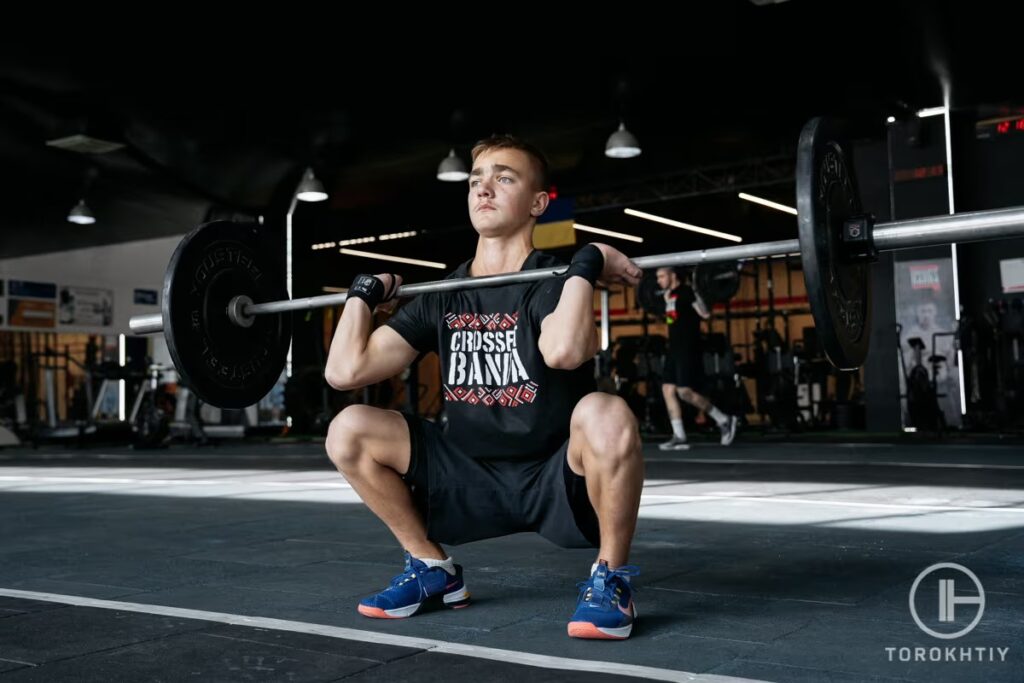
How Can a Physical Therapist Help Me With My Knee Pain During Squats?
A physical therapist can play a vital role in helping you alleviate your knee pain during squats by performing a comprehensive evaluation of your knee and identifying the underlying cause of your pain. Based on their assessments, they can develop a personalized treatment plan to address your specific needs.
Some ways in which a physical therapist may help you with your knee pain during squats include: evaluating your squat technique, design of strategies and providing you with specific exercises and manual therapy techniques to improve your mobility, strength and pain. Overall, a physical therapist can work with you to develop a customized treatment plan to help you overcome your knee pain during squats and safely return to your exercise routine.
Is There a Healthier Alternative for Squatting if You Have Sensitive Joints?
The answer is “Yes”, there are several exercises that can be used as an alternative to squats if you have sensitive joints. Here are a few examples: lunges, step-ups, leg presses, knee extension machines, Bulgarian split squats, and gluteus bridges. It’s important to note that proper form and technique are essential for any exercise, especially if you have sensitive joints. It is key to listen to your body and avoid any movement that causes pain.
If you have knee joint issues like swelling producing stiffness, redness around the knee, bruising, warmth to the touch, acute weakness, instability, painful crunching or popping noises, or inability to fully straighten the knee, it would be highly recommended and helpful for you to go to a health provider or physical therapist to ensure you are OK to perform squats or knee bending exercises safely and effectively.
Conclusion
Anyone who likes to squat may find it frustrating if they have knee pain while doing so. But, you can ease knee pain and keep benefiting from squatting by improving your form, reducing weight or frequency, changing the exercise, stretching, and foam rolling. You can also seek medical assistance if necessary. Take care of your body today rather than pushing yourself and experiencing pain and injury down the road.
Do you perform any knee accessory exercises to prevent or manage knee pain with squatting? Any favorite mobility drills you want to share with us? Comment below. We will love to know more.
Share your experience, results, and your secret techniques that helped you get there. I’d love to hear your thoughts and opinions in the comment section below – especially if you’ve come across one that I haven’t mentioned!
Also read:
References:
- Manual Therapy // PhysiPedia: https://www.physio-pedia.com/Manual_Therapy
- Normal knee alignment in the squat // ResearchGate: https://www.researchgate.net/figure/Normal-knee-alignment-in-the-squat-A-and-valgus-knee-alignment-in-the-squat-B_fig1_339045571
- How to squat? Effects of various stance widths, foot placement angles and level of experience on knee, hip and trunk motion and loading // National Library of Medecine: https://www.ncbi.nlm.nih.gov/pmc/articles/PMC6050697/
- Knee anatomy // Prof Adrian Wilson: https://profadrianwilson.co.uk/knee-treatments/knee-anatomy/
Why Trust Us?
With over 20 years in Olympic Weightlifting, our team does its best to provide the audience with ultimate support and meet the needs and requirements of advanced athletes and professional lifters, as well as people who strive to open new opportunities and develop their physical capabilities with us.
By trusting the recommendations of our certified experts in coaching, nutrition, dietology, and sports training programming, as well as scientific consultants, and physiotherapists, we provide you with thorough, well-considered, and scientifically proven content. All the information given in the articles concerning workout programming, separate exercises, and athletic performance, in general, is based on verified data. We ensure that you can rely on our professionals’ pieces of advice and recommendations that can be treated as personalized ones which will benefit you and fully meet your needs.
The product testing process is described in more detail here
Author: Ernesto Mendez
Orthopedic Clinical Specialist
Best Results: Snatch – 208 kg,
C&J – 240 kg
Dr. Ernesto Mendez is a licensed physical therapist, a board Orthopedic Clinical Specialist (OCS) and founder of Movement 4 Wellness Physical Therapy, LLC. He earned his degree from Thomas Jefferson University. He is also an Olympic weightlifting coach (USAW L1) and Functional Fitness Level 1 Trainer. His experience includes the areas of pain management, movement analysis, injury recovery, surgical rehab, corrective exercise, and athletic, military, and occupational performance. Dr Mendez is passionate about Olympic weightlifting and fitness. Ernesto Mendez is responsible for designing multiple training programs, writing blog articles, posting daily weightlifting content, doing live weightlifting and mobility seminars.

